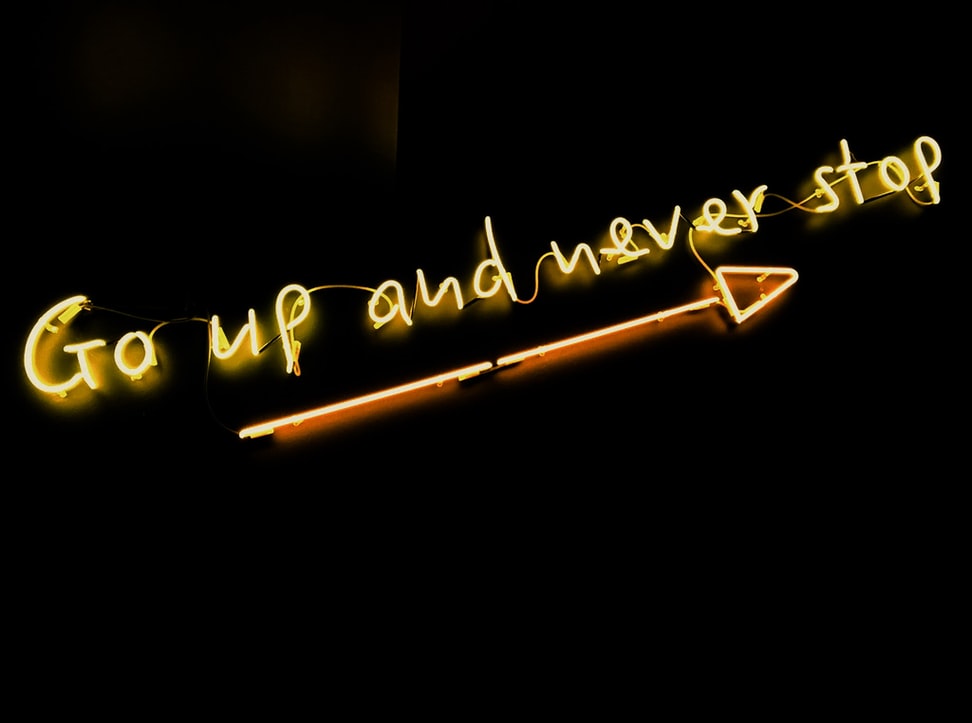The Basics of Trade Show Follow-Ups
In the Trades Show Success by Design series, we’ve addressed the importance of trade show planning and maximizing your booth onsite. The final blog of the series focuses on trade show follow-up. Your new contacts are out of sight, but should not be out of mind. You’ve reached and acquired new leads and now is the time to cultivate those leads to nurture conversions. But before you start, having a strategy will help you reach your return on investment quicker.
Prioritizing Leads
Not all leads are equal. Prioritize your leads based on your sales approach. Some companies have detailed lead scoring that includes key demographics and behaviors. Many other companies use simple A/B/C or hot/warm/cold categories. Find an approach that works for your type of organization and is manageable. If it gets too complicated, then it’s less likely to be effective.
Follow Up with Your Leads…Quickly and Often
People buy from people. After a trade show is completed, it’s time to connect with your leads and match your solutions to their needs. Trade show follow-up isn’t a single touchpoint but requires a series of touchpoints that may include phone calls, emails, LinkedIn or direct mail. Statistics float around that state nearly 80% of trade show attendees don’t receive follow-up. While the exact number is debatable, the point is there is still a grand perception among attendees that they won’t hear from the companies they’ve engaged with at trade shows.
Marketing automation is one way to keep the momentum going during the follow-up process. There are various platforms ranging from sophisticated software that integrates with customer relationship management (CRM) systems to free email marketing platforms such as MailChimp (depending on the number of contacts and email volume) that offer triggered email campaigns.
Messages that Matter
Don’t let your message get lost. Go back to prioritized leads and tailor your message to their interest level. Sending a “ready to buy?” message to a cold lead will not position your company for success. Customize your message while presenting key offerings and benefits of doing business with you. But, the key is to think past the first message. Establishing a strategy for communicating throughout the lead nurturing process offers direction to keep the follow-up process on track.
Trade show success can be achieved through design. A focus on planning all elements of exhibiting at a trade show – from nearly a year in advance to six months following the show – offers direction and a means to recognize a positive return on investment. This three-part blog series highlights key areas for success, but if trade show management is paralyzing for you, contact Vive Marketing and we’ll help craft a trade show plan that works for your company.


